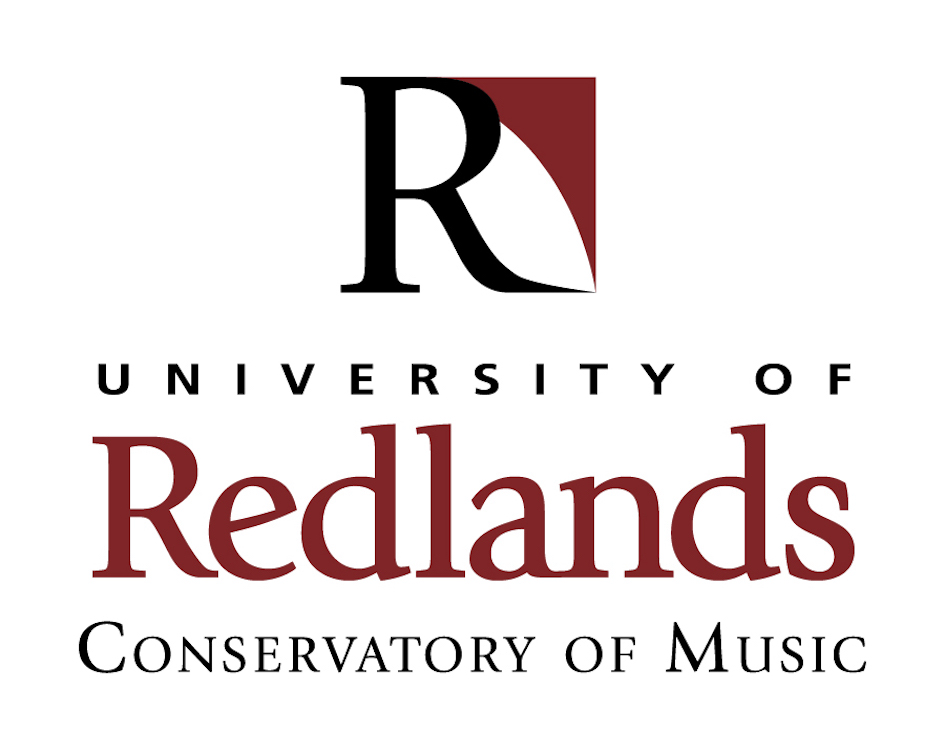Form type
Classification of songs according to structure, e.g., verse-chorus, call-response, cumulative.
Formal Analysis
A description of the relationship between melodic phrases in the song, which shows their similarity and difference, e.g., AABA.
Game Type
A classification of games either by formation (circle, line, partner) or by activity (chasing, clapping, guessing).
Grade Level
The range of ages for which the song is most appropriate, considering both subject matter and musical content.
Informant
The person from whom the recording was collected. The singer often does not consider himself a performer, but as a carrier of the traditional culture in which he or she has grown up.
Melodic Element
The most recently introduced note. Notes are introduced sequentially (starting with so-mi, or mi-re-do) so that children can hear, read and write with confidence.
Melodic Context
The most characteristic interval or group of notes in the song which contains the new note.
Preparation
Introducing the new note. This includes discovering where the new note happens in a song, how it sounds in relation to known notes, how to show its hand sign, its name, and where to write it on the staff. A song which is useful for preparation
is one in which the new note is clearly identifiable.
Practice
Integration of the new note with what is already known. This is accomplished through listening, memorization, reading, writing and improvisation. Songs useful for practice contain the new note in a variety of contexts.
Tuning
Unconscious preparation for hearing the new note. Songs chosen for tuning may include more advanced melodic and rhythmic elements, and are used for play rather than in reading and writing activities.
Older Beginner
Anyone learning to read music later than second grade. Songs for older beginners combine musical simplicity with more sophisticated content.
Origin
The cultural/historical source of a song, which may or may not be same as the cultural or ethnic origin of the informant.
Original Starting Pitch
The first note of the song in the source, written or recorded.
Part-work
Additional harmony parts in the source, or suggestions for adding them.
Refrain
A motive or phrase that is repeated regularly within or between the verses of the song.
Rhythmic Element
The most recently introduced rhythm. Rhythms are introduced sequentially (starting with ta, ti-ti and rest) so that children can hear, read and write with confidence.
Rhythm Set
The note values that appear in a song.
Scale Type
Classification of scales by number and relationship of pitches, and tonal center, e.g., do pentatonic, mixolydian, harmonic minor, etc.
Song Type
Classification of songs by function, e.g., work songs, lullabies, etc.
Solfège (movable do)
A system of solmization (use of note names to designate scale degrees, e.g. do, re mi, fa, so) in which the tonal center in major is do, and in minor, la.
Source
The publication, recording or archive in which the song chosen for the collection was found.
Strophic
The form of a song which has verses, but no chorus; it may have a refrain.
Tonal Center
The tonic of the song; usually the final note.
Tone Set
The notes that appear in a song, listed from lowest to highest, with the tonal center indicated.
Transcription
The written notation of a song created from a recorded source.
Variant
The particular version of a folk song as sung by an individual singer.
Vocables
Syllables used in American Indian music which may or may not have specific meaning.
